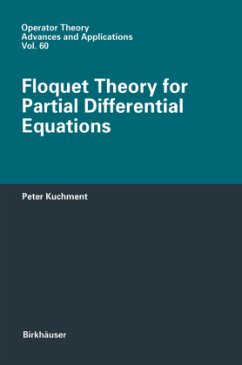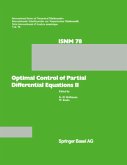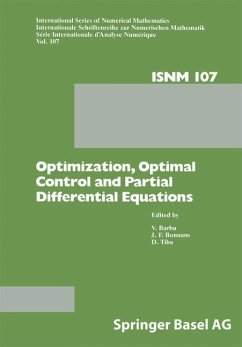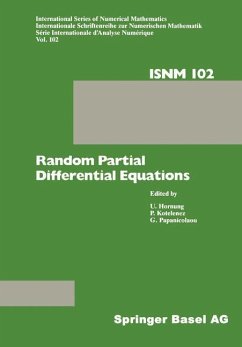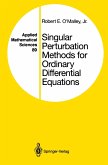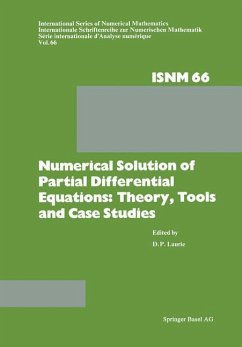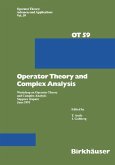Linear differential equations with periodic coefficients constitute a well developed part of the theory of ordinary differential equations [17, 94, 156, 177, 178, 272, 389]. They arise in many physical and technical applications [177, 178, 272]. A new wave of interest in this subject has been stimulated during the last two decades by the development of the inverse scattering method for integration of nonlinear differential equations. This has led to significant progress in this traditional area [27, 71, 72, 111 119, 250, 276, 277, 284, 286, 287, 312, 313, 337, 349, 354, 392, 393, 403, 404]. At the same time, many theoretical and applied problems lead to periodic partial differential equations. We can mention, for instance, quantum mechanics [14, 18, 40, 54, 60, 91, 92, 107, 123, 157-160, 192, 193, 204, 315, 367, 412, 414, 415, 417], hydrodynamics [179, 180], elasticity theory [395], the theory of guided waves [87-89, 208, 300], homogenization theory [29, 41, 348], direct and inverse scattering [175, 206, 216, 314, 388, 406-408], parametric resonance theory [122, 178], and spectral theory and spectral geometry [103 105, 381, 382, 389]. There is a sjgnificant distinction between the cases of ordinary and partial differential periodic equations. The main tool of the theory of periodic ordinary differential equations is the so-called Floquet theory [17, 94, 120, 156, 177, 267, 272, 389]. Its central result is the following theorem (sometimes called Floquet-Lyapunov theorem) [120, 267].
Hinweis: Dieser Artikel kann nur an eine deutsche Lieferadresse ausgeliefert werden.
Hinweis: Dieser Artikel kann nur an eine deutsche Lieferadresse ausgeliefert werden.

